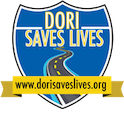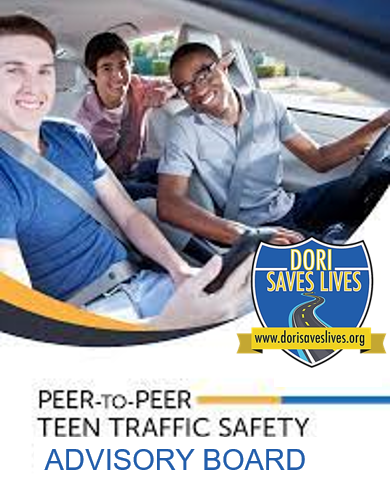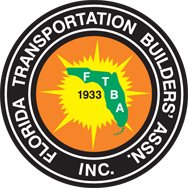Join Our Road Safety Teen Advisory Board
LISTEN UP TEENS! SAFE DRIVING SAVES LIVES PROGRAM!
Dori Saves Lives offers Florida’s schools a peer-to-peer road safety program for young drivers. The program involving teenagers directly in developing and delivering driving safety messages. The mission of Dori Saves Lives is to raise awareness of the top driving dangers for teens and prevent crashes involving young drivers.
The objective of Dori Saves Lives Road Safety Teen Advisory Board is to leverage the influence peers have with each other to increase awareness of the primary teen driving risks or behaviors – distraction caused by electronic devices and other young passengers, driving at night, driver fatigue, speeding, lack of seat belt use, and driving impaired by alcohol and or other drugs – as well as their inexperience in the driving environment and how to take action to protect themselves.
The program empowers teens to spread the word among their peers about deadly driving risks and encourages them to make smart choices while behind the wheel and as passengers. Dori Saves Lives is committed to fighting the number-one killer of teenagers in America, but it can only succeed with the involvement and commitment of young people who are represented by the Dori Saves Lives Teen Advisory Board.
Board Members:
- Provide insight on how to engage their peers and sustain their interest in safe driving.
- Assist in organizing program-oriented events and activities.
- Provide feedback, ideas, and opinions on new program materials, safety messages, promotional items, and related elements.
- Participate in quarterly meetings.
- Serve as ambassadors and leaders for Dori Saves Lives
- Peer-to -Peer Education: What It Is and Why It Is Important
The Dori Saves Lives peer-to-peer teen traffic safety program is defined as one in which teens:
- Identify a traffic safety problem specifically affecting them and other teens in their schools and communities.
- Formulate and implement plans that educates their peers about the problem and how to address it; and
- Evaluate how they did deliver that intervention (process) and addressing the problem (outcome).
The goal then is to harness the power of youth to promote the adoption of safe behaviors by both the teens delivering the intervention and the teens receiving it. Teens who regularly participate in positive social projects designed to help their peers and others are less likely to engage in risky behaviors.
And in the case of the interventions included in this guide, the latter are also being positively affected. But another by-product of youth involvement in leading peer-to-peer efforts is that they develop critical social skills such as friendship making, caring, assertiveness, and resistance; form positive values, especially looking out for the well-being of others; and begin to understand their meaning and purpose in life.
The Essential Elements of a Peer-to-Peer Program
Peer-to-peer education is a viable component of a broader teen traffic safety strategy. But what are the essential elements of a peer-to-peer program? Research has shown that the most authentic, meaningful, and active programs share the following success indicators:
- Teen led.
- Inclusive.
- Sustainable (adult support and resources)ü
- Facilitated training.
- Clearly defined, measurable learning objectives tied to a teen identified problems.
- Positive
- Incentives and recognition
- Evaluation
Teens participating in the DSL program to raise teen awareness of top driving risks, seat belt and cell phone use, and transporting their peers, along with its impact on reducing the frequency of teen driver crashes will seen as valued members of their school s and communities.










